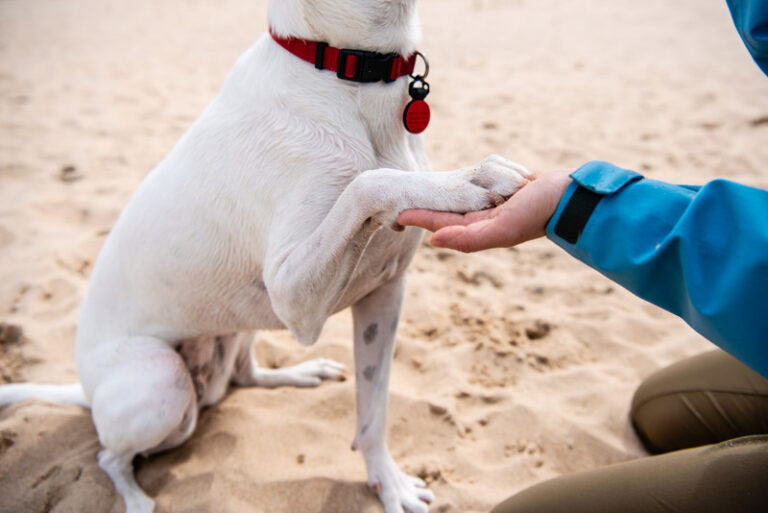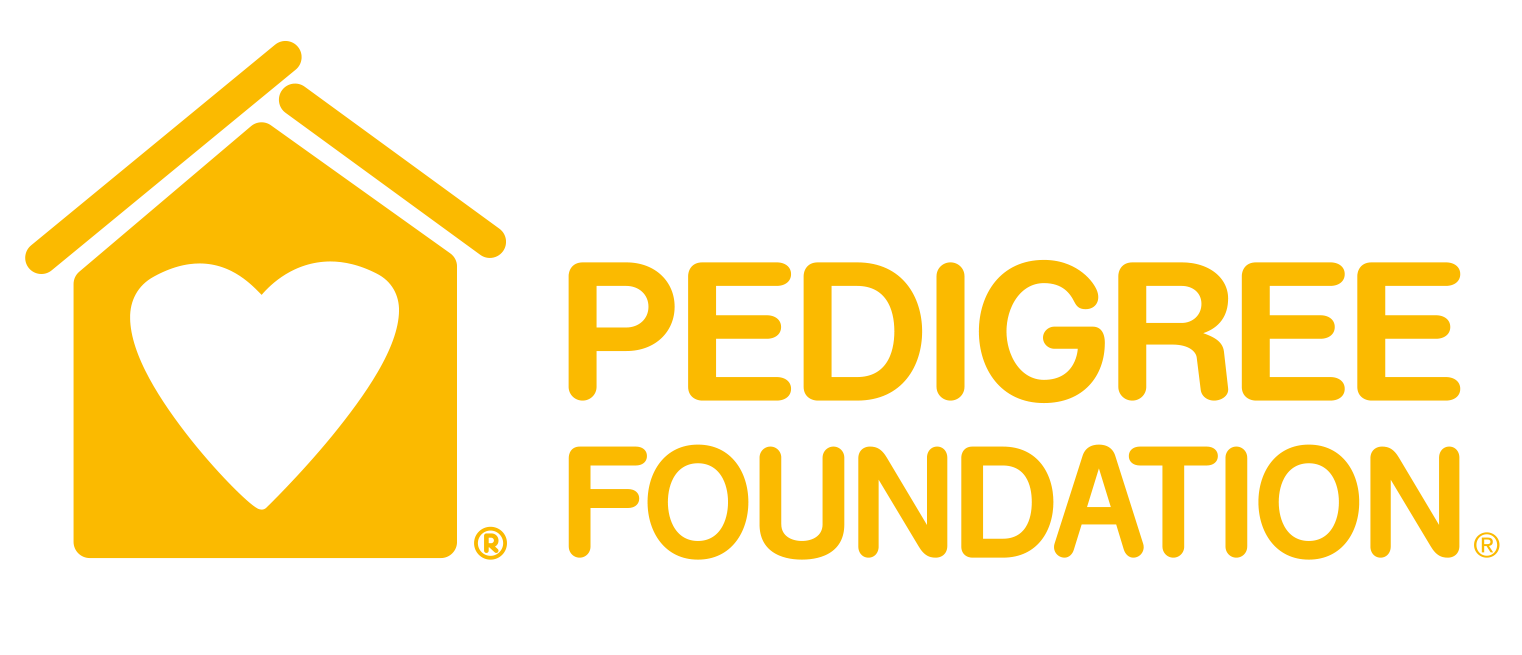Charlotte Mecklenburg Animal Care & Control used to hold microchip clinics around their community in Charlotte, North Carolina. Visiting pet supermarkets and animal related events, they were very successful in getting anywhere from 50 to 200 pets microchipped at every event.
After a local ordinance had passed requiring all adopted animals from shelters and rescues to be microchipped a new problem arose.
“The number of people attending microchipping events started decreasing, but more and more lost pets entering our shelter had microchips that weren’t registered to their families. So, instead of sending a large crew needed to administer a handful microchips, we changed things up,” says Melissa Knicely, Communications Manager at Charlotte Mecklenburg Animal Care & Control.
Melissa says now they send one staff member and one volunteer to the same location for a new event they’re calling Microchip Checkpoint.
“We set up a table, put our sandwich board up for advertisement and go to work scanning owned dogs, and sometimes cats with chips. We do these at pet related events where there will be a lot of dogs in attendance,” says Knicely. Local minor league baseball and hockey teams and other bring-your-dog type events are local hot spots for Microchip Checkpoint events.
Charlotte Mecklenburg Animal Care & Control made kits with all the materials including swag for people who get their pets checked. Here are three simple steps they take for connecting with the community at these events.
Step 1: Make conversation! Ask about the dog, it’s name, etc. Then ask if it has a microchip.
If they answer: NO – Explain the importance of a microchip and hand them information for the next month’s clinic at the shelter where they can get their pet chipped for a $10 donation.
If they answer: YES – Ask if they would like us to check the chip and provide the number so they can double check their registration information. Then mention that if they agree we can give them information to check it in the national database and we can enter locally into our database and the advantage to this is it will be quicker for us to find their information.
Step 2: Have the customer fill out the Microchip Registration Form with their information (on a clipboard) while they are standing in line.
Step 3: Staff person asks the owner to bring the dog over and get scanned.
They take the checkpoint form and write the microchip number, which national company created the chip if they know and circle it on the form. If not, recommend the microchip lookup site. Then they add the microchip number to the registration form.
The registration form stays with shelter staff to be entered into their database the next day and the checkpoint form goes with the owner. They also suggest telling the owner to keep it and a copy of their rabies certificate in their glove box of their vehicle in case they ever leave home in an emergency.
Melissa says their goal of this reimagined program is to ensure pets in their community have chips and the registration is updated so they can more easily be reunited with their families.
“People LOVE this! The best thing is asking them when they last updated their microchip registration and you see a panic set in. So many people say they don’t even remember what phone number they had when the chip was originally implanted.”
Melissa Knicely, Communications Manager at Charlotte Mecklenburg Animal Care & Control
Microchip checkpoints can be 100 percent volunteer managed, adding no additional cost or staff time burden. Community response not only increases the potential for microchips to be updated, but also demonstrates to the community that the shelter offers expanded services to help both people and pets. Adding microchip checkpoints to any clinics or events already offered, is a simple and effective process that could help get more pets back to their families.








